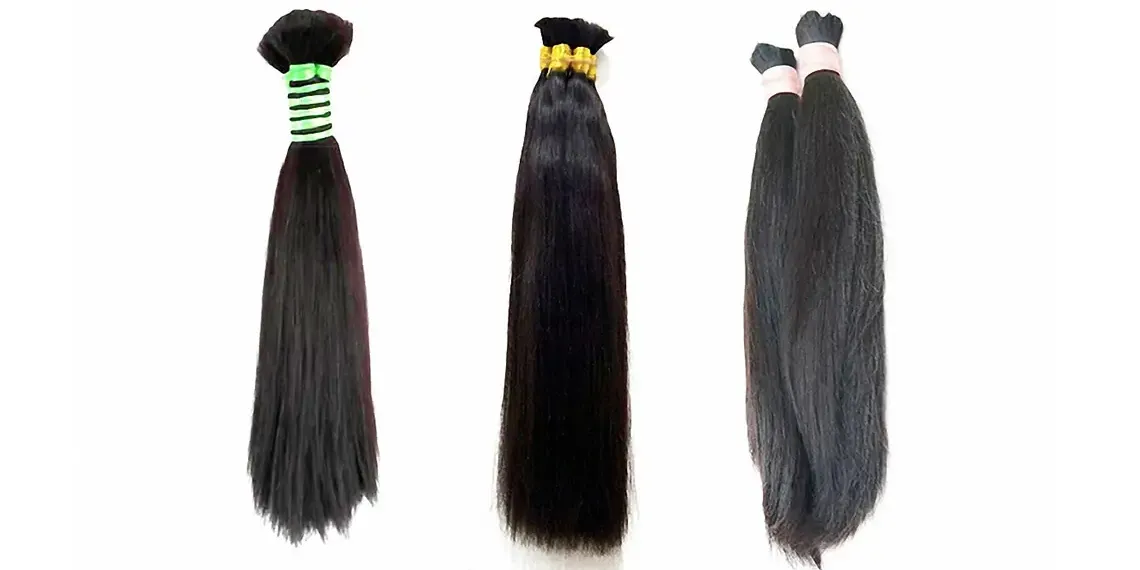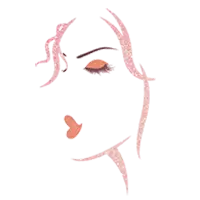What's the Difference of Non-remy, Remy and Virgin Hair?

Understanding the distinctions between non-Remy, Remy, and virgin hair is essential for making informed decisions when selecting hair extensions.
Non-Remy Hair:
Non-Remy hair, often referred to as "fallen hair," is collected from various sources without maintaining the alignment of hair cuticles. As a result, the roots and tips are oriented in different directions, leading to increased tangling and reduced longevity. To mitigate these issues, manufacturers typically remove the cuticles through chemical processing, which can diminish the hair's natural strength and luster. Non-Remy hair is generally more affordable, making it suitable for short-term use or for individuals on a limited budget.
Remy Hair:
Remy hair is esteemed for its superior quality, characterized by the preservation of hair cuticles and their uniform alignment from root to tip. This meticulous arrangement ensures a natural appearance, enhanced shine, and reduced tangling. Remy hair undergoes minimal processing, maintaining its integrity and durability. It offers a balance between quality and cost, making it a popular choice for those seeking long-lasting hair extensions.
Virgin Hair:
Virgin hair represents the pinnacle of hair extension quality. Sourced from a single donor, it has not been subjected to any chemical treatments such as coloring or perming. This unprocessed state ensures that the hair retains its natural strength, elasticity, and cuticle alignment. Virgin hair is highly versatile, allowing for customization through dyeing or styling, and boasts exceptional longevity when properly maintained. Its premium quality is reflected in its higher price point, offering excellent value for those seeking the best in hair extensions.
Double Drawn Hair:
Double drawn hair refers to extensions that have been meticulously sorted to ensure uniform length throughout the bundle. This process removes shorter strands, resulting in thicker and fuller hair from root to tip. Double drawn hair provides a voluminous and luxurious appearance, often preferred by individuals desiring a consistently dense look.
Considerations:
Split Ends: It is common for virgin, non-dyed, and non-acid bath hair to exhibit split ends, especially in lengths exceeding 18 inches. This occurrence is due to the natural tapering of hair, where nutrients may not fully reach the ends. While split ends are normal in unprocessed hair, they are typically absent in chemically treated or acid bath hair. Individuals with specific preferences should take this into account when selecting hair extensions.
Dry Ends: High-temperature steam processing, often used to achieve certain textures in virgin hair, can lead to dryness at the ends. Regular conditioning and moisturizing treatments are recommended to maintain the hair's health and appearance.
By understanding these distinctions and considerations, consumers can make informed choices that align with their preferences, budget, and desired outcomes in hair extensions.


Leave a Comment